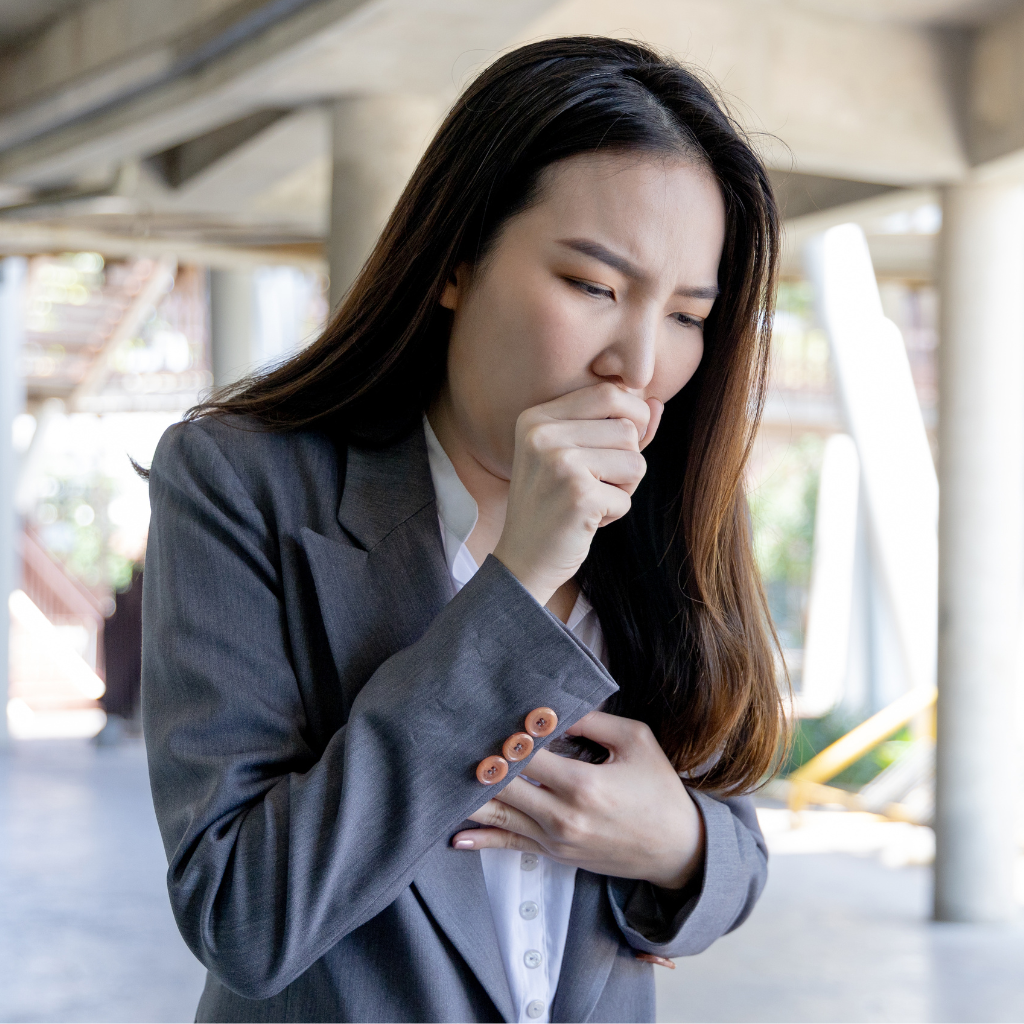Bronchiectasis
Bronchiectasis in Adults
Bronchiectasis is a chronic respiratory condition that affects the airways in your lungs. In bronchiectasis, the airways become widened, stretched, and scarred, which can lead to difficulty in clearing mucus and other secretions. This condition makes it harder for air to flow in and out of the lungs, potentially leading to recurrent lung infections and other respiratory problems.
Symptoms Of Bronchiectasis
Chronic Cough: A persistent cough is a common symptom. The cough may produce thick, foul-smelling mucus.
Chest Discomfort: You might experience chest pain or discomfort, often worsened by coughing.
Shortness of Breath: Difficulty in breathing, especially during physical activities or exertion.
Recurrent Infections: Frequent respiratory infections, such as bronchitis or pneumonia.
Wheezing: High-pitched whistling sound when breathing.
Fatigue: Feeling tired or exhausted due to the strain on the respiratory system.
Coughing up Blood: In severe cases, you may cough up blood or blood-streaked mucus.

diagnose
Medical History and Physical Exam: Your doctor will ask about your symptoms and medical history and perform a physical examination.
Imaging Tests: Chest X-rays and CT scans can help visualize the airways and identify any abnormalities.
Sputum Culture: A sample of mucus is taken and tested for the presence of bacteria to guide treatment.
Pulmonary Function Tests: These tests measure lung function and help assess how well your lungs are working.
Bronchoscopy: In some cases, a flexible tube with a camera is inserted into your airways to directly visualize and assess their condition.
Treatment:
Medications:
Bronchodilators: Help open up the airways and make breathing easier.
Mucus-Thinning Medications: Assist in clearing mucus from the airways.
Antibiotics: Used to treat bacterial infections and prevent exacerbations.
Airway Clearance Techniques:
Chest Physiotherapy: Techniques to loosen and clear mucus from the lungs.
Positive Expiratory Pressure (PEP) Devices: Help exhale against resistance to clear mucus.
Pulmonary Rehabilitation: Includes exercise and breathing techniques to improve lung function and overall fitness.
Oxygen Therapy: Provided for individuals with low blood oxygen levels.
Surgery: May be considered in severe cases to remove damaged lung tissue or correct specific issues.
Lifestyle Modifications: Avoiding respiratory irritants and quitting smoking can significantly improve symptoms.
Lifestyle Tips:
1. Stay Hydrated: Drink plenty of fluids to keep mucus thin and easy to clear.
2. Practice Good Hygiene: Wash hands regularly to prevent infections.
3. Vaccinations: Get recommended vaccinations, including flu and pneumonia vaccines.
4. Avoid Smoking: If you smoke, quitting can significantly improve your lung health.
5. Follow Treatment Plan: Take prescribed medications and follow recommended therapies.
It’s important to work closely with your healthcare provider to manage your bronchiectasis effectively. Regular check-ups and adherence to the treatment plan can help you lead a better quality of life and minimize complications.
